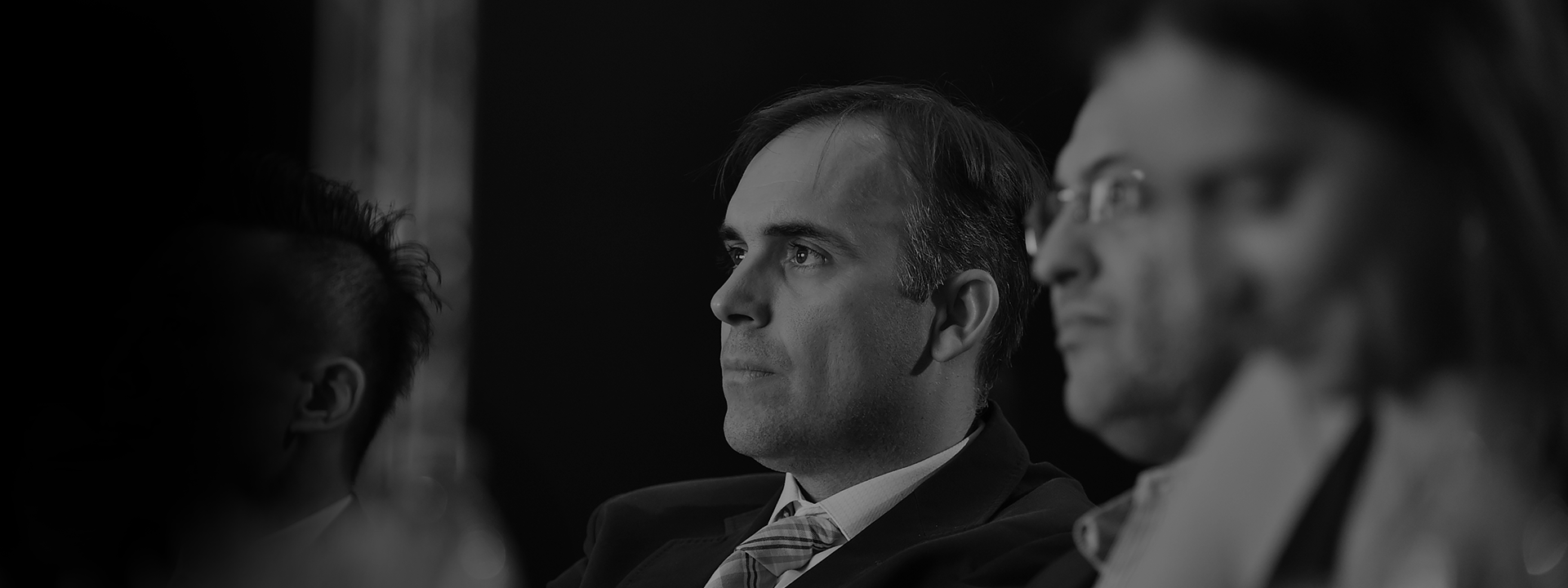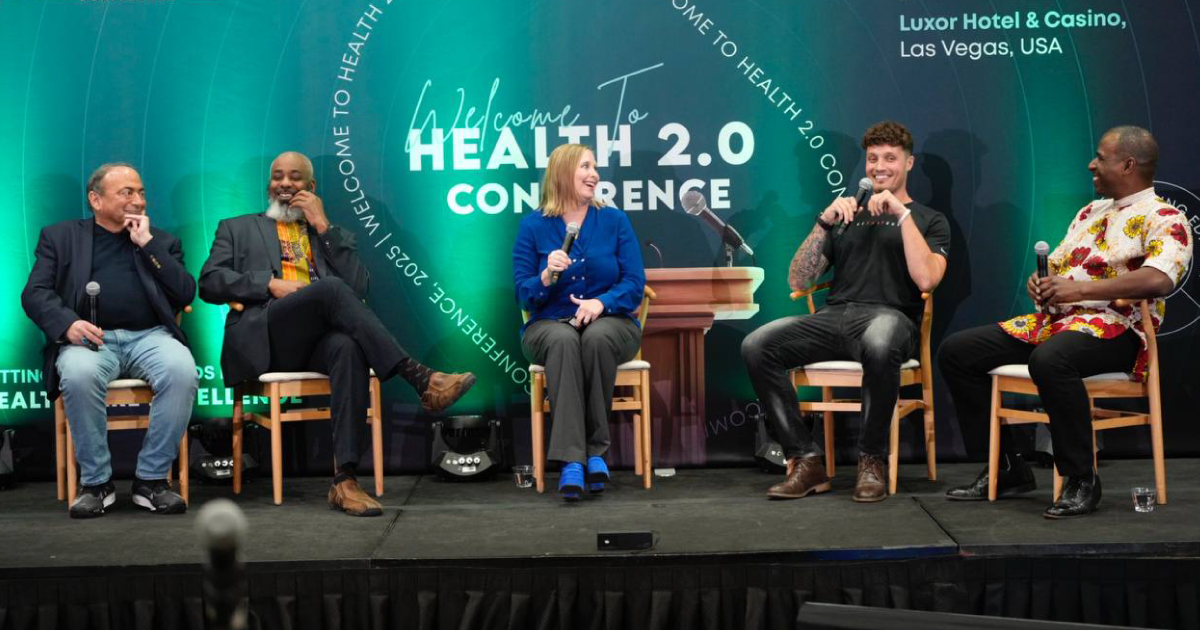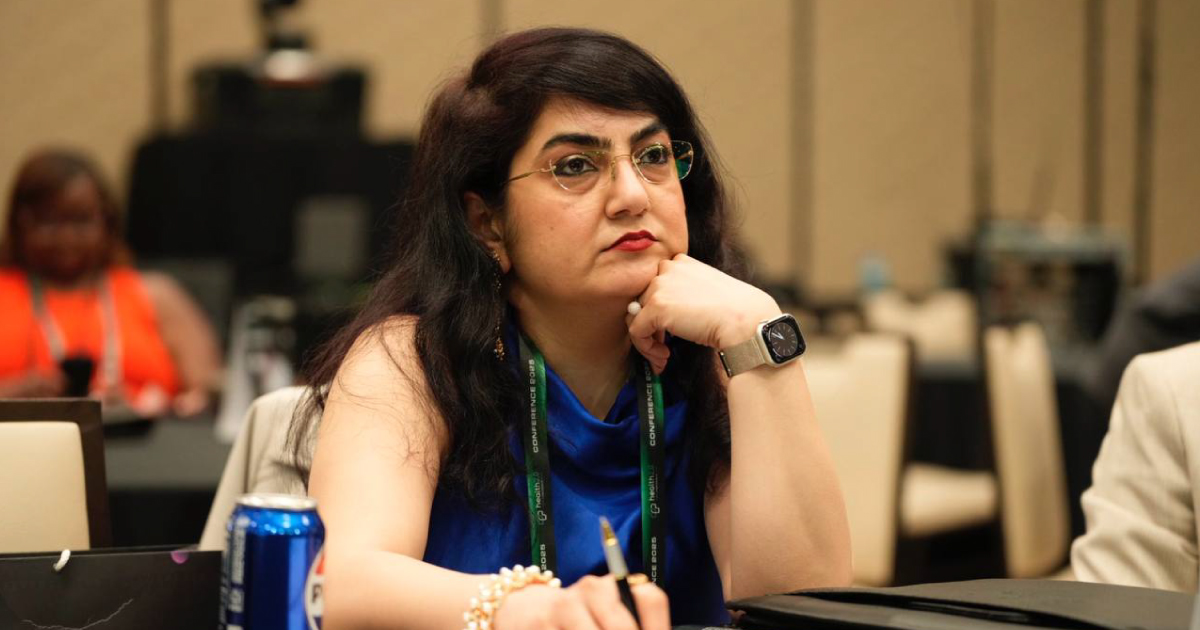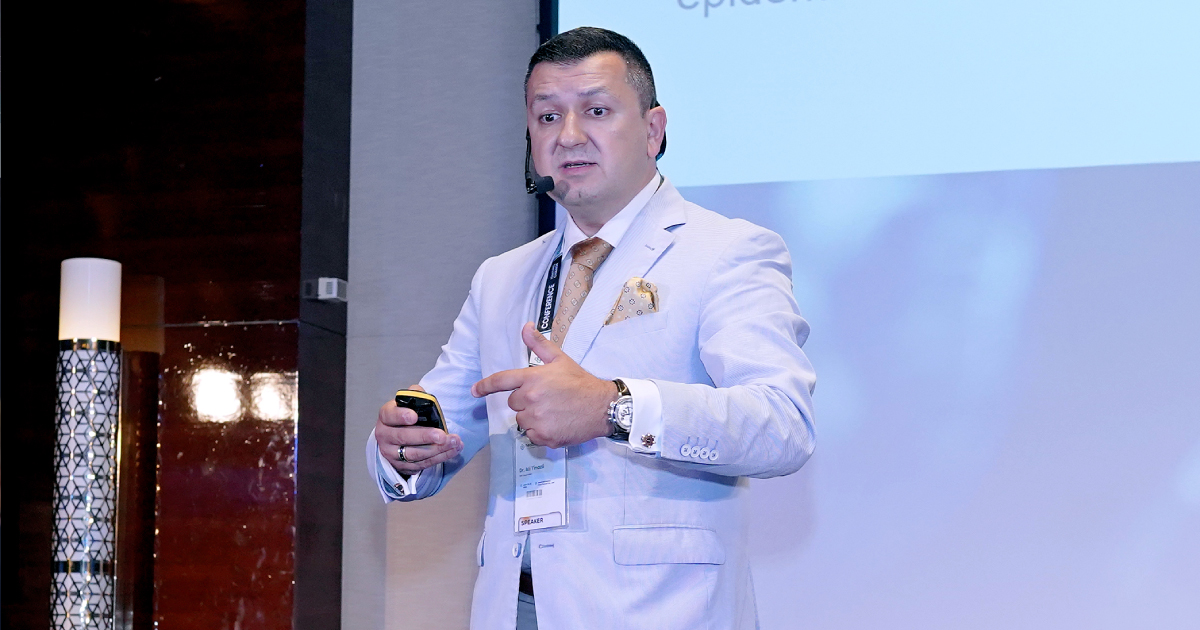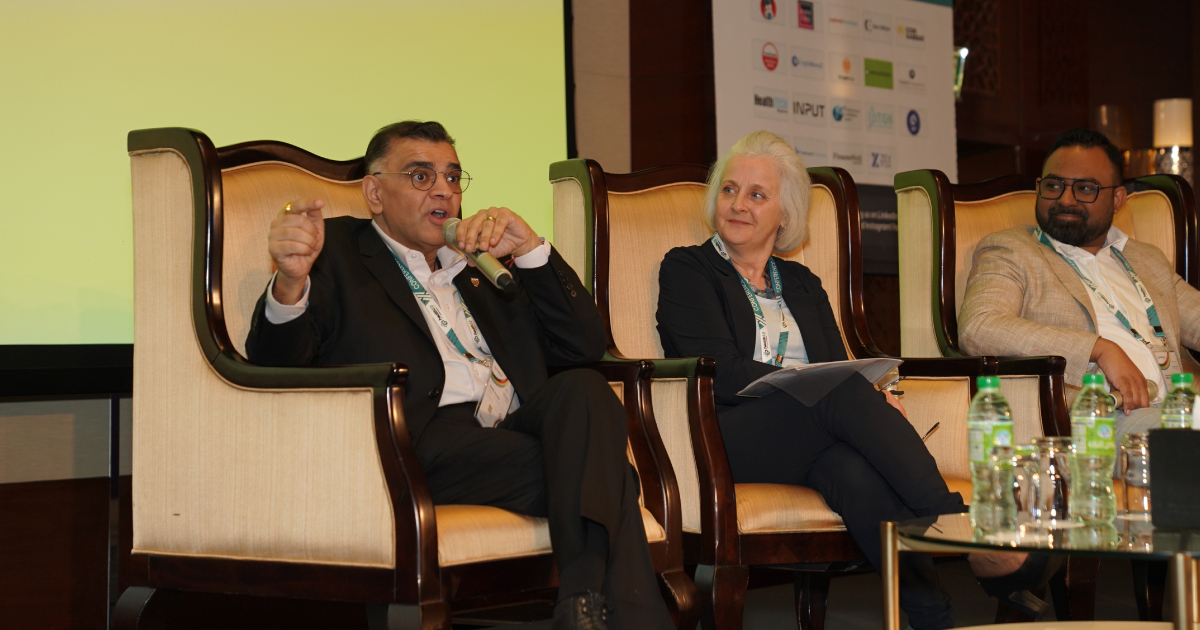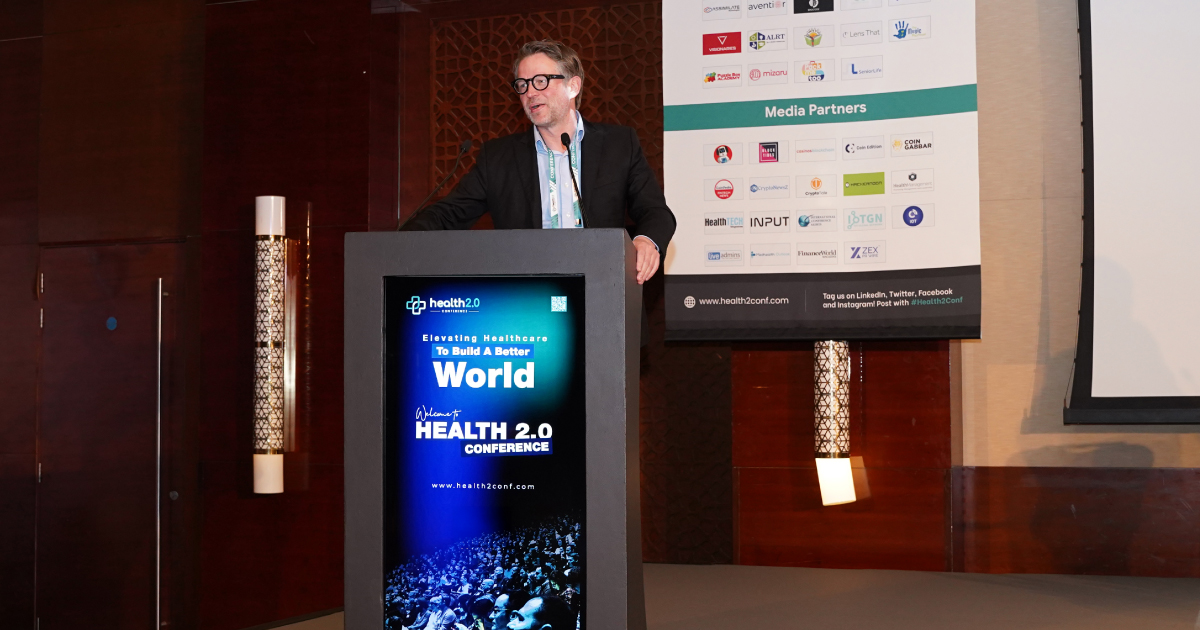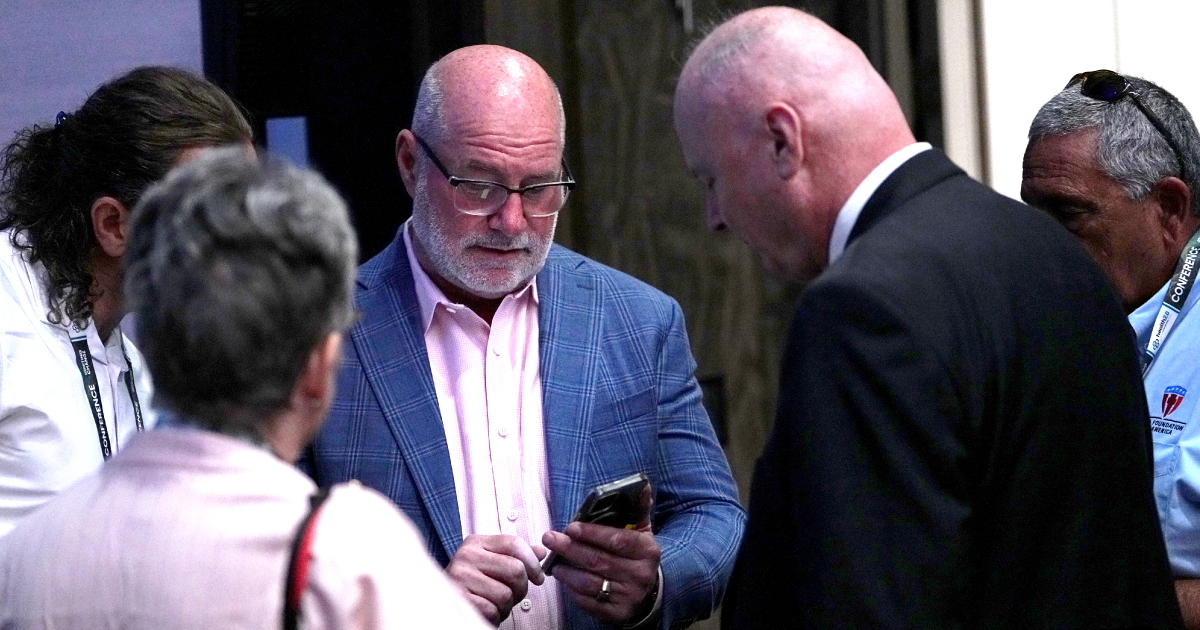The pandemic highlighted several deficiencies in the healthcare sector. From equipment shortages to lack of healthcare access due to lockdowns, the industry had a hard time overcoming COVID-19, to say the least.
However, with the dust seemingly settling down on the pandemic front, healthcare experts and leaders taking the stage at the Winter Edition of Health 2.0 Conference, one of the most anticipated health conferences in the USA, shed light upon a rapidly developing healthcare sector post-pandemic: Telehealth.
An Introduction: Getting The Basics Right
To put telehealth into context, panel host Subha Ramiah, Strategy Consultant, Healthcare & Emerging Technology at MasterBuds, had this to say about telehealth - “Patients can stay right where they are, and physicians and healthcare experts can examine them in a familiar environment for the patients. Typically, individuals will come into the doctor’s office to measure vitals such as blood pressure. The anxiety and stress of being in an unfamiliar environment such as the hospital may already raise their blood pressure prior to the test.”
Additionally, panelist Timothy Washburn, CEO & Founder of TSW Consulting NM LLC, summed it up perfectly, stating, “Telehealth is about adding value from the patient’s perspective.”
Our panelists ensured they captured the basic idea of telehealth to kick off the discussion, “The Evolution Of Telehealth,” which is the provision of healthcare remotely by means of technology in a familiar and safe environment for individuals.

Improved Accessibility And Affordability
Not every individual can access specialists and healthcare experts right under their house, per se. For some the cost and inconvenience of having to travel a considerable distance only to wait in a queue at the doctor’s can make the appointment not worth it, potentially hindering their treatment.
To eradicate this issue, the development of telehealth has been pivotal for both specialists and patients alike. Panel host Subha stated that, “Telehealth enables physicians to be able to treat patients with affordability and accessibility & vice versa in the case of the patients, having that ease of accessibility and affordability.”
The ease of access and cost-cutting leads to -
- Seamless care delivery experience
- Timely care
- Patient engagement and loyalty
- Comfort and convenience for the patients.
Schedule Flexibility
One of the more significant interruptions healthcare faced during the pandemic was the disrupted work days, making it difficult for patients to easily access or even schedule an appointment without a significant waiting period.
With the use of telehealth, providers were able to seamlessly resume activities, in a much more mobile and accessible manner. In doing so, patients have been able to access medical care and routine checkups without having to go through the burden of traveling endless miles or waiting for days before finalizing an appointment.
Amongst an ongoing discussion surrounding telehealth benefits among our Health 2.0 Conference panelists, Alan M. Preston, MHA, Sc.D, Chief Operations Officer at ATLUS ACE, provided insight as he stated, “For a patient in need of drugs as an example, it may take them quite a long time to get to a physician or even get an appointment made.”
Challenges In The Early Stages
One of the most significant challenges the healthcare industry is bound to face regarding telehealth is the reimbursement aspect for physicians and other healthcare experts. Panelist Anthony Capone, President of DocGo, summarized this in an excellent manner, raising the question, “Today, because we’re operating in an emergency order, physicians get full reimbursement for a telehealth visit. However, once there’s no emergency order and you’re not getting full reimbursement for a telehealth service, the game completely changes.”
A few other notable challenges presented by telehealth integration, as touched upon at global healthcare conferences in the USA, healthcare conferences in Dubai, etc. include -
- Security measures
- Global technological access
- Visual assessments present a challenge virtually
- Few key tests, such as a mammogram, cannot be performed
Key Takeaways From Health 2.0 Conference’s Discussion
Telehealth has the potential to make a major impact on the healthcare industry globally. Although still in the early stages, low-level healthcare providers are already being integrated rapidly to provide an efficient and accessible medium of healthcare for patients.
Barring all the challenges yet to be solved regarding telehealth, panelist Anthony Capone provided an optimistic view on the future development of telehealth by emphasizing how, “telehealth will always be included as a benefit for all plans, purely because of low costs and high return on investments.”
Stay up to date on key industry trends such as telehealth and various others & gain access to fresh perspectives at one of the most anticipated upcoming healthcare events in Dubai and the USA, Health 2.0 Conference!


